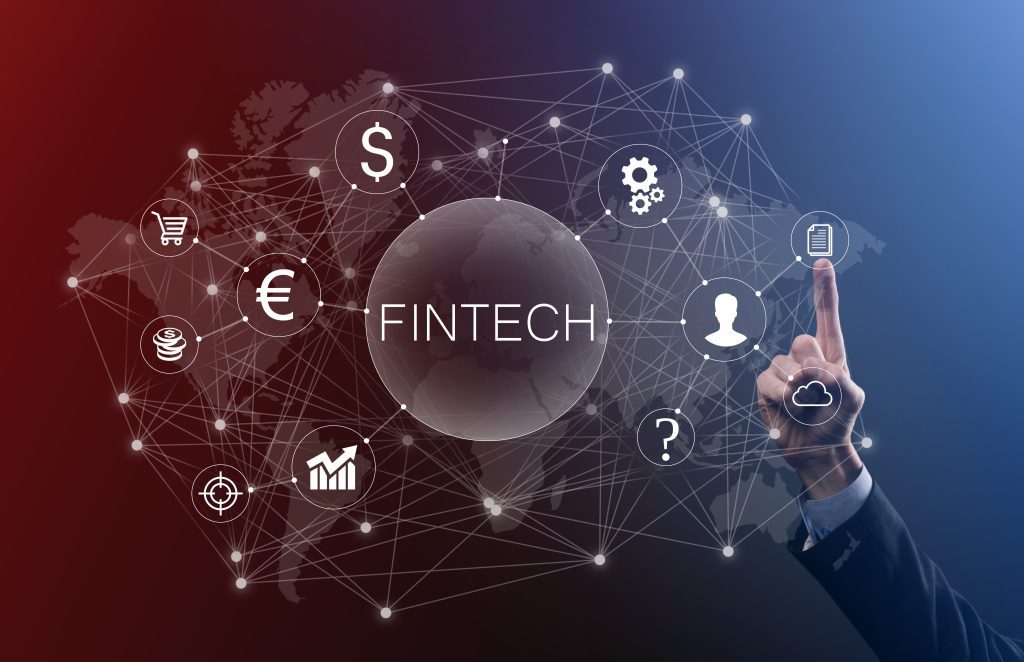As the demand for digital and mobile financial services has grown during the pandemic and in developing countries specifically, financial analysts look at how fintech fuels economic growth. One finding is that higher digital financial inclusion in payments goes hand in hand with increased fintech consumer financing.
The fintech industry is found to boost annual economic growth by up to 2.2 percent, mostly by focusing on digital banking solutions. However, the payment infrastructure depends on the country’s context. Digital payments are widely used in advanced economies, whereas most payment methods in emerging economies solely use cash. And here lies the key to unlocking faster development in emerging economies.
This piece looks at the reasons and outcomes of fintech investments in financial services of developing economies.
What explains the rise in fintech services
Wherever we live, the perks of various digital financial services are great for improving our economic position and investing in the future. Examples include credit, e-commerce transactions, store purchases, remittances, cross-border payments, insurance, digital lending, and saving management—all together giving us greater financial and economic freedom. But particularly in emerging economies, fintech makes people with previously limited access more financially aware and better at handling their personal finances.
Current trends show that the usage of digital banking services is higher where a culture of financial services has already existed but where access to traditional financial institutions is constrained. There is also greater competition amongst traditional providers in these regions, and banks’ operational inefficiencies are associated with the supply of mobile money services. Here lies an exciting market and investment opportunities for new financial products.
So, by offering economic freedom, fintech fuels growth in developing countries. Today, the most positive effects of the financial services they offer are found in countries such as China, the United States, India, and Mexico. What these countries have in common is a high level of cell phone penetration, wide internet connectivity, and ways of leveraging mobile technology. As more population groups are given access to purchasing and selling products as providers and consumers, social development is strengthened. It also entails the beginning of a tech community and new job openings, in addition to more investment opportunities.
The cycle of fintech investments
Greater inclusivity, productivity, and infrastructural changes are some tangible outcomes of fintech. The variables reduce poverty and (gender) equality and strengthen a country’s workforce. Improving access to financial flows for startups and businesses can also reduce the gap between sectors as between social classes.
Without a bank account, people in rural areas and marginalized groups have difficulties purchasing and selling better products. But, with the ability of mobile pay, they receive access to many more goods and services than before. This helps reduce the gender gap. According to the World Bank, 57% of women globally lack access to financial products, preventing financial independence and the opportunity to open a business.
A growing fintech community also means a faster way for the younger generation to become professional leaders at an earlier stage. Over time, an entire workforce and a new generation of technological proficient citizens will contribute to solving small and big challenges at every society level with the help of fintech.
The cycle of fintech investments related to payment services will open up new business opportunities for e-commerce and on-demand services. Micro-payments, such as small credits and e-loans, help individuals with little to no budget to bootstrap businesses—online as well as in-person. Lastly, the increased activity of micro-businesses drives economic growth by unlocking consumer spending.
From the provider side of things, fintech means a cheaper and feasible implementation of traditional products and services. Digital payment methods better identify the recipient and sender and erase system inefficiencies, meaning existing banks will increase their reach when investing in fintech solutions. Indeed, fintech allows for secure, fast, and low-cost payment services from every angle. The recipe is quite straightforward. But what are the gains for governments and institutions?
How fintech is transforming the public sector
Beyond a more technological and financially literate, and inclusive population, it’s ultimately a country’s overall infrastructural improvement that makes for a growing economy—and it’s easy to notice in the public sector. By providing more seamless transactions, fintech allows efficient government-run operations at an affordable cost, internally and externally. Public services are one transformative area where fintech enhances access to crucial social areas such as healthcare and education by developing more innovative systems. As digital financial services expand credit access and diminish the necessity of cash agents, fintech solutions make loans more accessible and allow consumers to connect directly into the national payments system.
And the more people can register a business online and access financial services, the easier it will be for governments to contract small and medium-sized companies, not just business giants.
But as nothing comes without a cost or a risk, the focus needs to lie not only on the adoption of fintech and its opportunities but also on reliable and safe implementation. Expenditure, tax revenue, and possibly enabling corruption—cashless programs are still hard to implement effectively. Nevertheless, more digital-based subsidized programs are not only beneficial, but a sought after area technology experts are desperate to fill.
In the long run, a sustainable business environment must include all relevant actors: banks, telecommunications companies, manufacturers, fintech, and retail companies; bringing all sectors together. Some regions, such as Asia, South Africa, and Latin America, are known for having a better fintech infrastructure than others. However, as the industry is gradually evolving all over the world, so will more and more populations benefit from more accessible financial services as institutions become aware of the public and private advantages.
